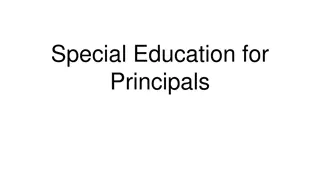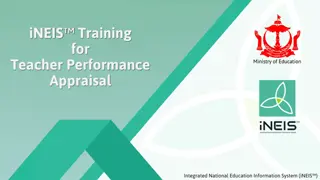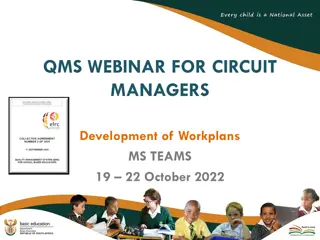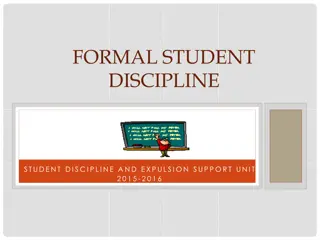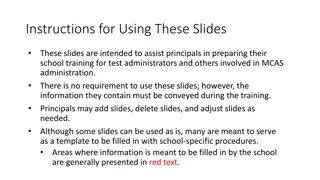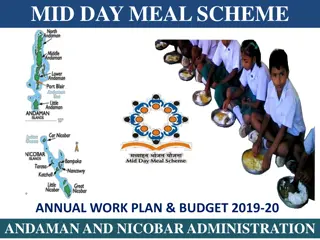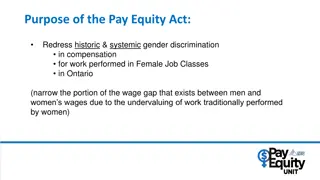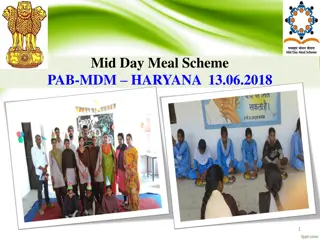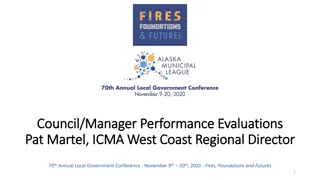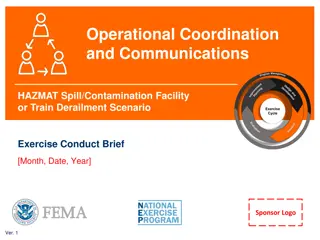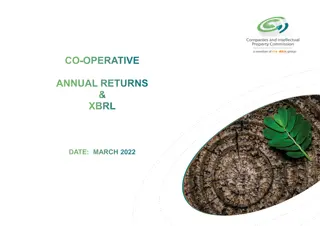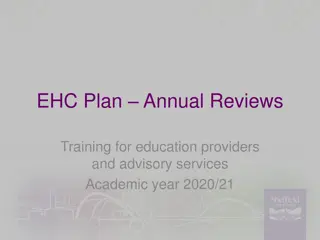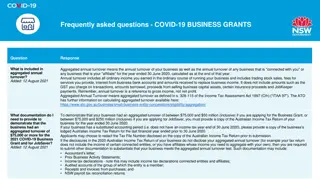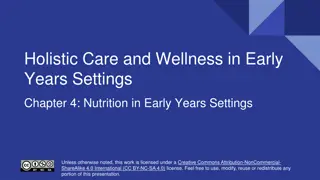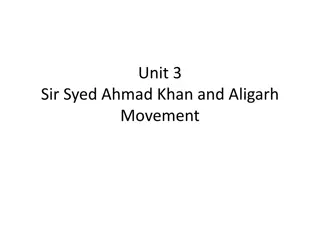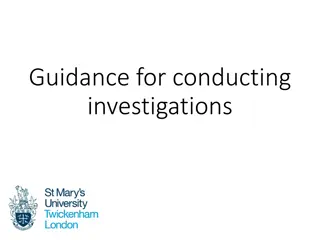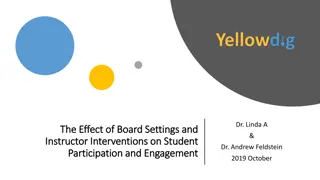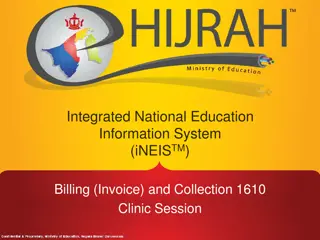Effective Practices for Conducting Mid and Annual Appraisals of Principals in Educational Settings
This webinar delves into the key components and lessons learned in conducting mid and annual appraisals of principals. It addresses self-appraisal, CPD, pre- and post-appraisal discussions, lesson observations, and challenges faced by circuit managers. The content highlights the importance of consistency in appraisal processes, use of workplans, and completion of discussions and reports. It also discusses common issues like vague performance standards and the lack of reflective comments in assessments.
- Appraisal Practices
- Educational Management
- Principal Evaluations
- Lesson Observations
- Performance Standards
Download Presentation

Please find below an Image/Link to download the presentation.
The content on the website is provided AS IS for your information and personal use only. It may not be sold, licensed, or shared on other websites without obtaining consent from the author. Download presentation by click this link. If you encounter any issues during the download, it is possible that the publisher has removed the file from their server.
E N D
Presentation Transcript
QMS WEBINAR FOR CIRCUIT MANAGERS Conducting Appraisals MS TEAMS 19 22 October 2022
Presentation Outline Key components for the Mid and Annual appraisal of principals Lessons learned from the field The Mid & Annual Appraisals - The inter-related appraisal processes Getting the most out of the educator appraisals Dos and Dont s of the appraisal process
Key Components of the Mid and Annual Appraisal of principals Self Appraisal CPD Post Pre- Appraisal Discussion Appraisal Discussion Lesson Observation
Lessons from the field: Appraisal of principals There were high levels of compliance by principals on the completion of the appraisal instruments. The appraisal of principals by Circuit Managers is not consistent in practice- it varied within districts and across provinces. Little evidence that Circuit Managers used principal s workplan as the basis of the appraisal process , together with the completed lesson observation instruments. There is no strong , consistent evidence of completion of pre-appraisal discussions and post appraisal discussion held with principals (templates/ minutes/ records/ reports). It was observed in one context that the QMS cycle was adapted: mid-year appraisals were from April and annual appraisals from August. In another context , lesson observations were conducted at the end of the 2ndterm and mid-year appraisals at the beginning of the 3rdterm. Onsite , authentic lesson observation is a challenge due the capacity of circuit managers , vacancies , number of principals per circuit / caretaking of circuits. Circuit Managers may not be subject specialists- consequently ,completion of lesson observation report and appraisal instruments not done well.
Mid- Year Remarks by supervisor on Performance Standard 1 : Criterion 1b on Classroom Teaching is vague/ not adequate and does not provide justification for the ratings given Comment by Supervisor refers to Performance Standard 2 , Criterion 2c only.
The educator / principal has provided a comment but the supervisor has not in this Mid- Year appraisal. Comment is not reflective in nature. In the majority of Mid- Year Appraisal Instruments verified Remarks per Performance Standard and Overall Remarks by the appraisee and supervisor were omitted.
Lessons from the field: Appraisal of principals Poor correlation between ratings per Performance Standard on a lesson observation instrument and an appraisal instrument ( for Performance Standards 1-3). Quality and reliability of completed lesson observation instruments mid-year and annual appraisal instruments is pointing to patterns of malicious compliance. There is confusion about the appraisal of Acting Principals/ rotation of acting posts/ how to appraise principals who have been moved to merged / mega schools. Lack of reliable QMS data collection and reporting systems in place resulting in inconsistent , late , unconfirmed reporting of approved SMT workplans , completion of the mid-year appraisals. Concern about lack of synergy / collaboration between QMS District Coordinators and Circuit Managers to ensure complementary roles and responsibilities on QMS monitoring , support , data collection and accountability reporting.
THE MID-YEAR & ANNUAL APPRAISAL Formal Appraisals are conducted twice per annum as follows: Mid-year appraisal: Annual appraisal: Conducted towards the end of the second term, taking into account all forms of assessment administered during the first and second term. Completed by the end of the school calendar year, taking into account all forms of assessment prior to this appraisal. ELRC Collective Agreement Number 2 of 2020 (page 12) 8
THE INTER-RELATED ACTIVITIES THAT FORM THE MID &ANNUAL APPRAISAL PROCESSES 5. 1. SELF- APPRAISAL BY THE EDUCATOR - COMPLETION OF APPRAISAL DOCUMENTS 4. POST APPRAISAL DISCUSSION 2. PRE- APPRAISAL DISCUSSION 3. LESSON OBSERVATION
GETTING THE MOST OUT OF EDUCATOR APPRAISALS 1. Make it relevant 2. Encourage ownership and preparation it must not be done to the educator but with them 5. Follow up appraisal processes with professional development initiatives Educator Appraisals 4. Appraisal is an ongoing process for growth and lifelong learning 3. Educators do so much seen and unseen- we must recognise all their work
DOS AND DONTS OF THE APPRAISALS DO Have a management plan to guide your QMS work throughout the year Adhere to the timeframes Be well prepared Be in the classroom to observe a lesson Ensure accountability by the supervisor and appraisee for all appraisal activities Provide Remarks on the appraisal instrument as feedback to the appraisee Acknowledge innovation, improvisation, good teaching Identify poor performance and ensure necessary intervention for the appraisee Monitor correlations between educator scores and learner outcomes at the school Build a performance management culture DON T X Promote malicious compliance on the QMS X Leave out any activities related to the appraisal process X Leave the Remarks sections blank on the appraisal instrument X Write remarks that are not related to the ratings selected per Performance Standard X Sign an appraisal form that does not have feedback to the appraisee X Forget to identify the CPD needs and ensure capacity building for the appraisee





